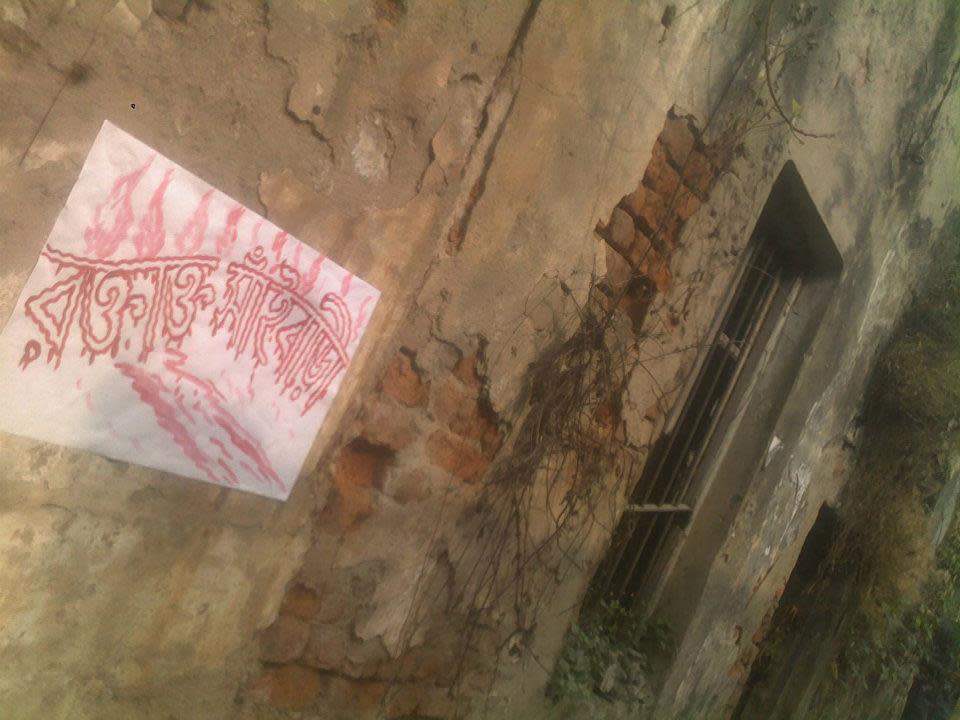Almost 50 years ago, this day, a mother was fed rice smeared with her sons’ blood – Sainbari Killings

That the state of West Bengal is politically charged, and these nerves run deep, is no new news. Once the hub of cultural supremacy, literature and fine arts, the birth place of nationalists like Netaji and scientists like Jagadish Chandra Bose, has, since independence, not advanced an inch. Newer cities like Hyderabad and Bangalore have progressed in leaps and bounds, and Bengal stayed invested in reckless party-politics, losing its meritorious youth to the more promising cities.
If you see loose kurta-unwashed jeans clad youth, with a jhola by their arm and a cigarette hanging at corner of their lips, sitting in protest, outside, inside or around the Jadavpur University with banners and pamphlets – you would know these are the samplings of communism that had reigned this state for over three decades. Harmless, as they may seem, the red flags in their hands come with a history seeped in blood – many know, many don’t, many have chosen to forget.
49 years from today, the land of Rabindranath Tagore and Swami Vivekananda witnessed one of the ghastliest political murders of modern Indian history. Political murders were never infrequent in West Bengal’s polity, but the Sainbari incident stands apart. The Sain brothers of Bardhaman district were ardent supporters of the Indian National Congress that had recently been thrown out of power in the state with the dismantling of the United Front government comprising CPIM and Bangla Congress. The date was 16th March 1970.
The very next day, as sister of the Sain brothers, Swarnalata Jash recalls, “…flaming arrows were shot from all directions into our house… Then the attackers rushed into the burning house and speared Moloy and Pranab and then set them on fire… Even my elder brother was later beheaded.”
It is reported that after the brothers were killed, their mother, Mriganayani, was made to eat rice smeared with the blood of these two brothers, her two sons. The reason of this brutal cold-blooded murder is believed to be the Sain brothers’ resistance to political pressures compelling them to switch sides. Nirupam Sen, a known figure of the CPI(M) party, subsequently induced as a member of the party’s central committee, was alleged to have led this massacre. Sen passed away in December last year. The gruesome news brought the then Prime Minister, Indira Gandhi to the Sain household situated in the heart of Bardhaman town; she met and consoled the bereaving family members.
Though this 50-year-old grotesque incident, remains to be one of the ugliest blotches on the political dynamics of the state, its fabric has no scarcity of blood stains. Many of them have dwindled out of our collective memory now. While we are busy debating whether terrorism has or not a religion, we seem to forget that the form of violence that stems out of an ideology or is committed to force an ideology to larger masses, in most cases to gain a political edge, is the textbook definition of ‘terrorism’. Why don’t we term such crimes as terrorism then? Do you think use of violence in the pursuit of political gains, like the one we discussed above, must be looked at as terrorism? Sound off in the comment section below.


